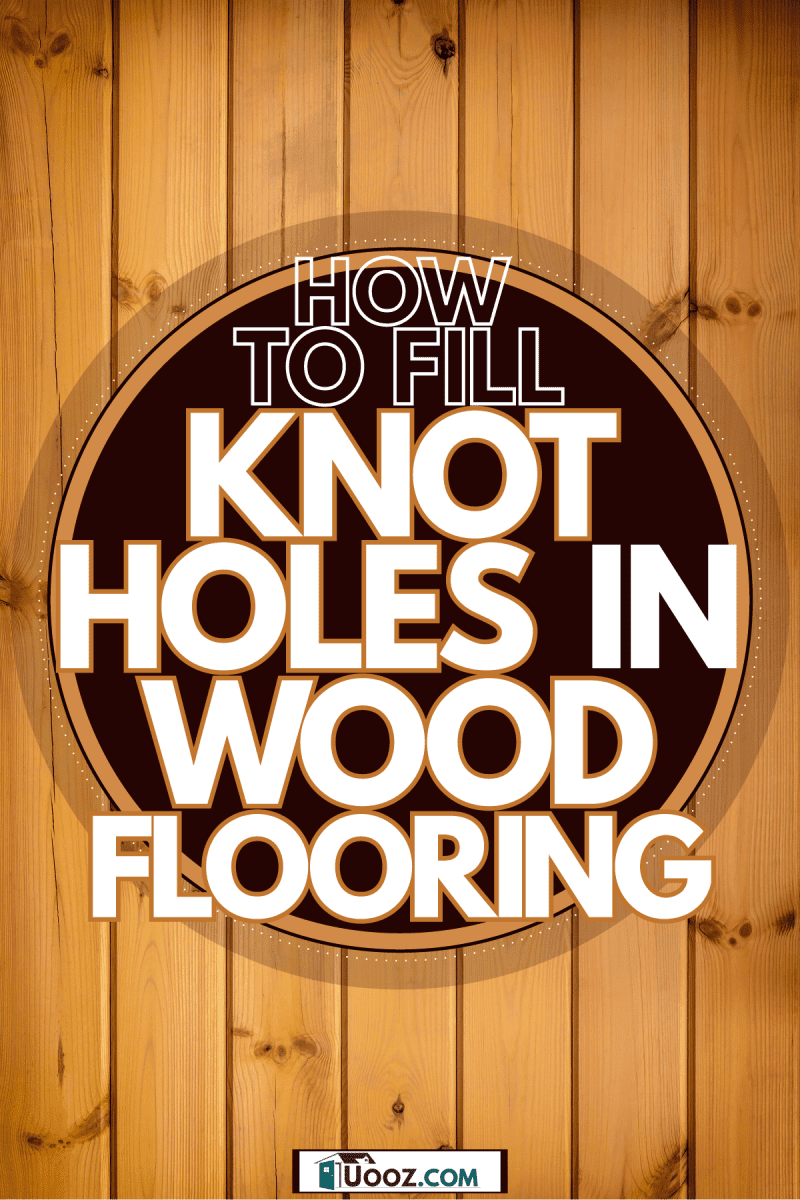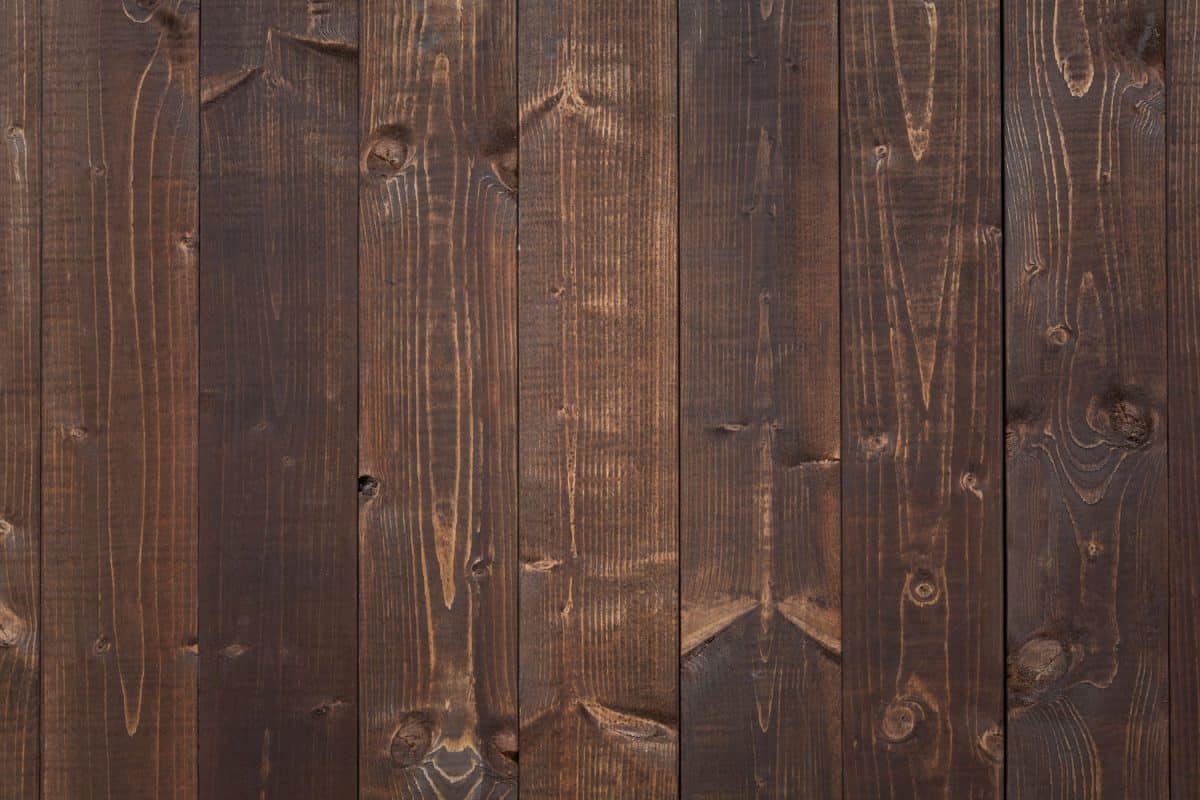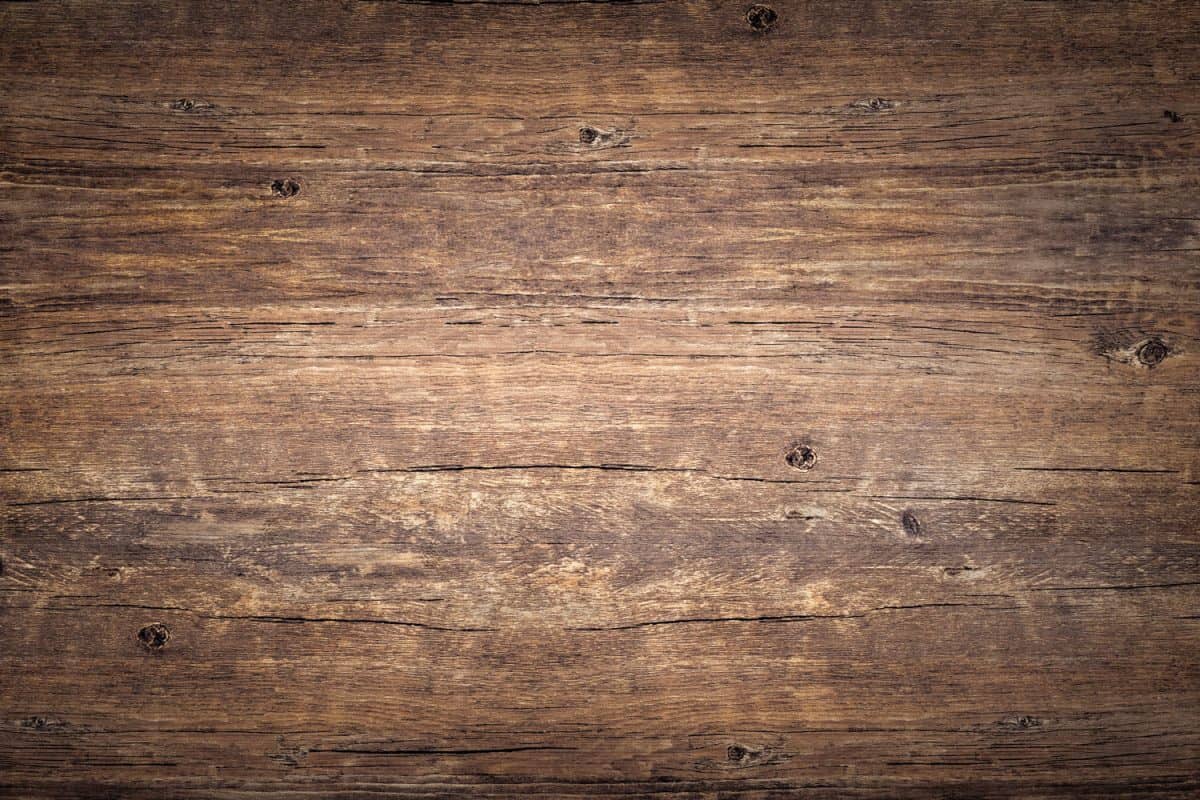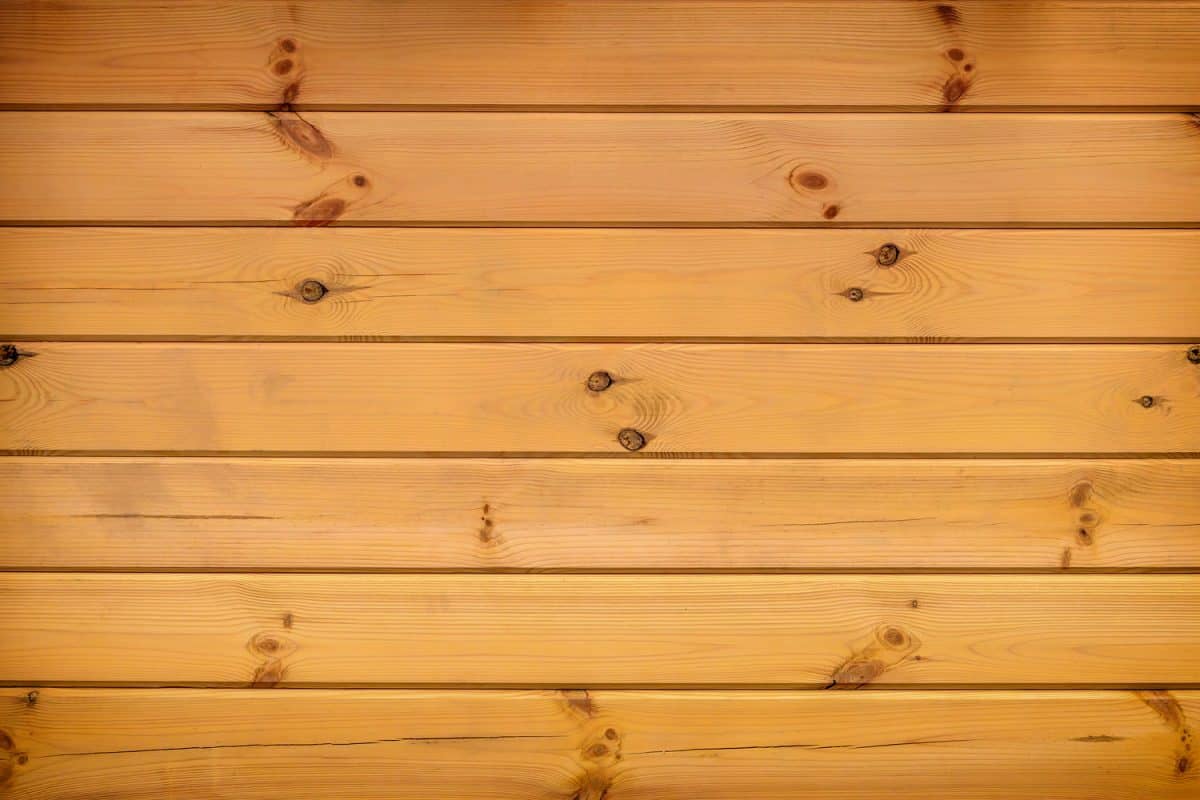Because wood is a natural material derived from trees, you may come across knotholes in wood flooring. If you were wondering if you can correct this aesthetic flaw, there are solutions. We researched the best ways to fill in knotholes in wood flooring and have the answer for you in this post.
If you discover knot holes in wood flooring, there are a few handy solutions to fix this problem. Check out the following solutions:
- Use epoxy putty for wood.
- Make your own wood filler using sawdust and wood glue.
- Fill in the hole with toothpicks and wood glue.
- Apply some wood flour cement.
Those are a few possible solutions for fixing knotholes in hardwood flooring, but there's more you should know. Read on to learn more about knot holes, maintaining beautiful wood flooring, and excellent filler options.

Knot Holes And Your Wood Flooring
Knot holes in wood are often caused because of events in a growing tree's lifespan. Insects may burrow in wood and emerge, leaving holes, or branches fall off or become encased by an expanding trunk. Other reasons a knot may form include fungi or injuries. Knotholes are not always viewed negatively, as some owners enjoy emphasizing their beauty with staining or using a particular cut to expose the wood grain.
However, if knot holes are a problem, you can use a filler to hide the flaws in wood flooring. Note, depending on the age and type of the tree; knots are a natural phenomenon that do not mean that the wood flooring is damaged or not durable. Knots and knot holes will not necessarily lower wood flooring's longevity either.

Why Does Wood Have Knots In It?
Wood often develops knot holes because of the following reasons.
- Injury to the tree
- Insects emerging from the tree
- Branches were previously located at the hole location
- Fungi growth
Depending on how wooden planks are cut, knot holes may look more circular or darker in color than the surrounding wood. Typically, knot holes are challenging to cut through and may lower the strength of the wood. In many cases, knot holes provide a unique aesthetic beauty and appeal not found in other types of flooring.
Solutions For Knot Holes
For some people, knot holes are not an aesthetic blemish but may cause snags when walking across the floor or laying down an area rug. Check out the following solutions if you want to cover up this naturally occurring detail found on wood flooring.
Epoxy Putty
Epoxy putty is a durable adhesive that does an excellent job filling in knotholes in wood flooring, creating a tough waterproof seal, and is easy to apply. Plus, epoxy won't shrink after you apply it, and it cures.
- Before applying this filler solution for knot holes in wood flooring, make sure to clean out the knothole and surrounding floor very well.
- Border the knot holes, cracks, or crevices to be filled with painter's tape.
- Follow the manufacturer's direction to open and prepare the epoxy putty for wood. Mix the putty before applying.
- Use a spoon, spatula, or another tool to fill in the hole with the epoxy putty and allow it to dry for a full 24 hours until hardened.
- Remove the painter's tape after the filler has cured. Sand and smooth it down until it is even and level with the surrounding flooring.
- Stain the treated knothole as desired to match the flooring.
Sawdust And Wood Glue
Gather together some clean sawdust and a reputable brand of wood glue to create your own filler. You can mix a good amount of sawdust at your discretion with the glue until you get a putty-type consistency. Apply the filler to any knot holes and allow a full 24 hours to dry before sanding. If you wish, you can add staining to color the wood hole filler before application.
Check out this quality wood glue on Amazon.
Toothpicks And Wood Glue
Trust an oldie but goodie solution for holes and blemishes in wood flooring. Grab some toothpicks and a wood glue to fill in knotholes. Pour in enough wood glue into the knothole and push in toothpicks until the gap is filled in sufficiently. Feel free to use a hammer to help push the toothpicks or small slivers of wood into the knothole.
Fill over with a bit of wood glue and allow the area to fully dry, waiting a full 24 hours for it to set and cure. Follow up by sanding down the fixed area and applying staining to match the surrounding wood.
Wood Flour Cement
Take some clean sawdust and mix it with enough cement to fill in the knothole. Fill in the gap and allow it to fully dry before sanding. If you wish, add some stain to the mixture to match the floor or apply after the job is done. If desired, you can add a bit of chalk to the filler solution for matching.
Check out this all-purpose cement on Amazon.
Tips & Tricks
- Make sure to overfill the knot or hole with a bit more epoxy, putty, or wood glue than you need. Remember, you will go back and sand down the corrected area and stain it after it cures.
- Use the best materials on the market when it comes to putty, glue, or epoxy for a solid fix the first time.
- Don't stress. The point is to fill in the hole, crevice, crack, or gap, so it looks like it was never there. If you don't have sawdust, you can use putty alone that is colored or not, cut pieces of dowels for larger holes, or cut slivers of wood as filler.
Check out this wood filler repair kit on Amazon.
- Keep in mind the type of finish and stain you want to use on your flooring so your floor looks uniform and polished.
- Give your filler enough time to cure before continuing on to sanding and staining.
- The simplest solution is usually the best to cover up a knothole.
Why Do Knots Fall Out Of Wood?
When a knot falls out of wood, there is typically nothing holding its place other than resin, which gets dissolved or removed. When a branch falls off of a tree, the rest of the tree continues to grow around the injured area, filling in the gap with sap. During the process of kiln-drying wood, knots will often fall out and display themselves as knotholes.
What Is The Best Wood Filler For Floors?

The best type of filler for floors depends largely on the type of flaw being covered up, its size, and the flooring material. For wood flooring, the top choices for filling in knot holes, crevices, cracks, or splintered areas include using an epoxy putty stick, a latex wood filler, epoxy resin, or a sustainable wood filler that can be stained before application.
Choose the simplest solution that will get you the best results. The point of using filler is to cover up a blemish or flaw is to use materials that will last and can tolerate sanding and staining.
Check out this epoxy putty for wood on Amazon.
Check out this wood filler on Amazon.
Do Knots Weaken Wood Flooring?
Knots in wood may add a touch of character to your flooring, but they can reduce the strength and appeal of wood flooring. In some instances, knots can weaken flooring and contribute to cracks, splitting, and lower a wood's grade.
You must take care to address knots or knot holes to prevent warping, improve strength, and improve aesthetics. Depending on the size of the knot and surrounding structural issues, the durability should be questioned.
Conclusion

We hope you took away some helpful information regarding filling in knotholes in wood flooring. While knot holes won't necessarily lessen the integrity and durability of wood flooring, they can be aesthetically displeasing to some. Others may wish to preserve knotholes and any unique characters of natural hardwood floors caused by branches, insects, or growth.
In some cases, knotholes in wood can cause problems when cleaning floors or walking on them. However, more pressing issues with wood flooring that would require a quick solution include cracked, splintered, or warped floorboards. Usually, applying a bit of filler to knot holes and cosmetic touches hides the flaw.
Before you take your leave, you won't want to skip reading the following helpful articles.






Stupid question:
I have prefinished solid red oak “cabin grade” floors that i plan on refinishing. Can i fill the knots and voids with epoxy before I sand the entire floor to re-finish? Seems like it would save me a lot work in the long run.